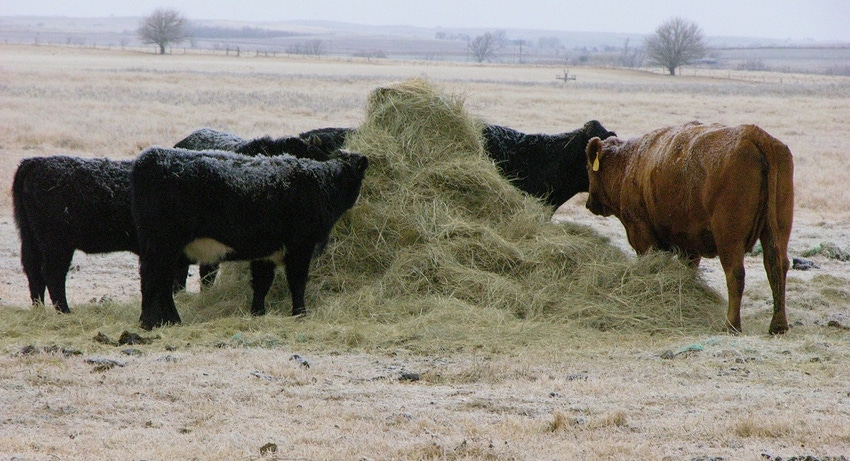
A client and friend of mine who happens to operate a cattle grazing operation a mile or so from our headquarters had a laminectomy and a couple of lumbar disc fenestrations a few weeks back.
My friend Brenda and I drove over daily while he was out of commission and moved and monitored his cattle, grass, shade and water. Actually the only thing we moved was the poly wire and step-in posts. But we did pay attention to the other stuff.
It prompted me to think of several things that I’ve learned in the last 50 years and I believe they are worth repeating. They are not necessarily connected but all are very important to our operation.
Re-time hay feeding
Most producers know by early August whether they are going to feed hay before April. Most have hay in storage. The fact is that hay fed during the growing season buys days of no hay for winter if correctly planned and executed.
Frank’s cows are slick and doing well, so when we finished an area of low fertility we unrolled hay for two days before moving the cattle to a new area of fresh forage.
We used warm-season hay that had been cut, raked, baled and delivered to his hay yard a week or two earlier. Warm-season (C4) hay will build ground. So will manure and urine. The cattle made more impact on less desirable plants during these two extra days. We also bought him two or maybe three more hay-free days this winter.
If we repeat the above scenario 10 times during the growing season we should eliminate 20 to 40 winter feeding days and actually feed hay that has not deteriorated. The best time to feed hay is during the growing season if you know you are going to run out of grass come late fall. The same is true early in a drought.
What is overgrazing?
The word “overgrazing” is commonly abused to the point that I think most of us forget what it actually means. Cattle do not overgraze a pasture. But they do overgraze individual plants within a pasture. It is an issue of time and timing. The only effective answer is complete plant recovery following high-animal-density grazing (70,000 pounds per acre).
The term overgrazing and requires thought to understand. Most of us need to take quality time and relearn how to think.
Pasture improvement
It is routine for cattlemen that adopt natural model principles with their cattle management to double their stocking rates in two to five years. A producer with 100 acres now has 200 acres of former pasture plants. Taxes are the same price and he has twice the cattle numbers and usually two to three times the net income. If we are not thinking this way we need to hurry up and get started.
Green plant longevity
Plants require air, water, minerals, sunshine and other nutrients to live and grow. Carbon, hydrogen and oxygen (CHO) are the chief components of the soil. The more CHO we have, the more plants thrive and the slower they mature and make seed and go dormant. They also green up and start growing earlier in the spring. Building soil with cattle is not only possible but can be done quickly (two to five years) with "boom and bust" grazing. It is time to not only make a quality effort to think but to learn to and practice proactive grazing execution on a daily basis.
Shucks, all of this is mostly fun. I bet I’ll have some more mish-mash facts in the near future.
About the Author(s)
You May Also Like






